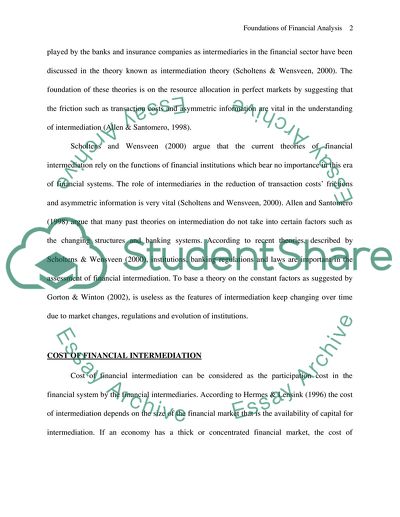Cite this document
(Bank Efficiency And Financial Intermediation Case Study, n.d.)
Bank Efficiency And Financial Intermediation Case Study. Retrieved from https://studentshare.org/finance-accounting/1730633-foundations-of-financial-analysis-assignment
Bank Efficiency And Financial Intermediation Case Study. Retrieved from https://studentshare.org/finance-accounting/1730633-foundations-of-financial-analysis-assignment
(Bank Efficiency And Financial Intermediation Case Study)
Bank Efficiency And Financial Intermediation Case Study. https://studentshare.org/finance-accounting/1730633-foundations-of-financial-analysis-assignment.
Bank Efficiency And Financial Intermediation Case Study. https://studentshare.org/finance-accounting/1730633-foundations-of-financial-analysis-assignment.
“Bank Efficiency And Financial Intermediation Case Study”, n.d. https://studentshare.org/finance-accounting/1730633-foundations-of-financial-analysis-assignment.


